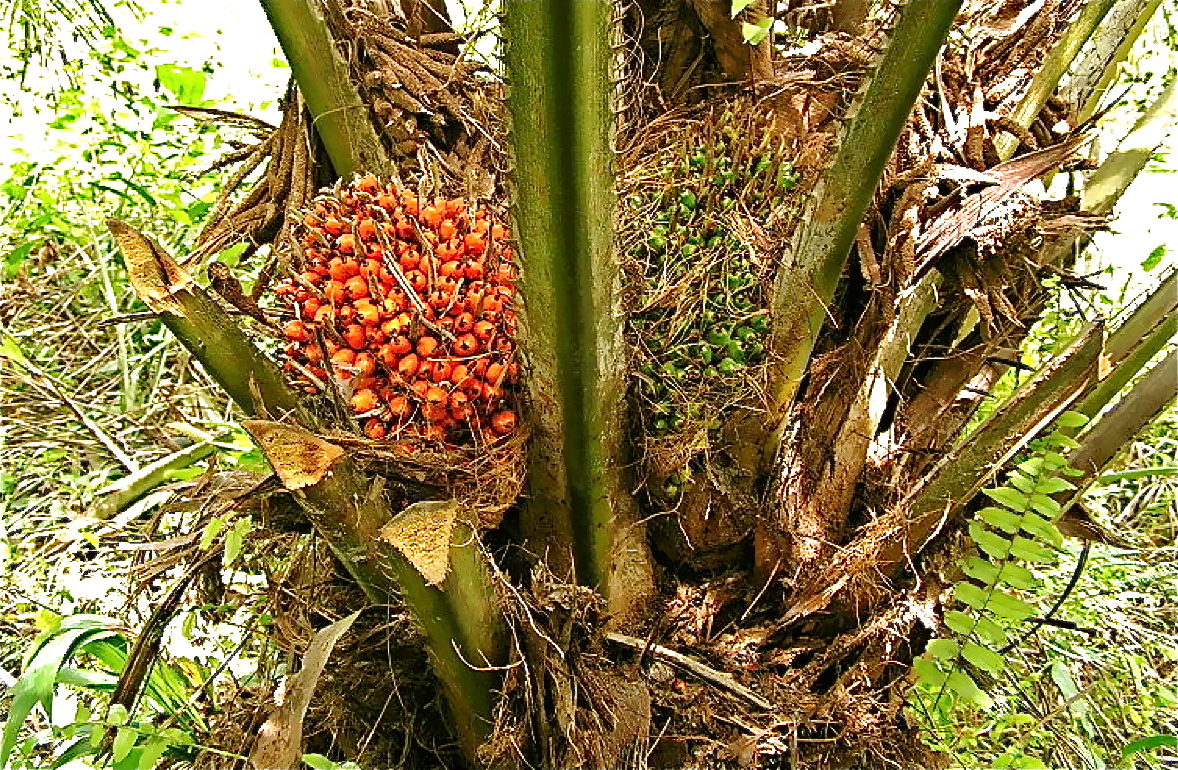Palm oil prices could jump more than expected to 2,700 ringgit per ton in the second quarter, the highest since early 2014, as seasonally lower output and dry weather dent inventories across Southeast Asia, vegetable oil analyst Dorab Mistry said.
Concerns that dryness linked to an El Nino weather pattern will lower fresh fruit bunch yields in top producers Indonesia and Malaysia have already lifted palm oil prices to a near 21-month top of 2,604 ringgit ($626.71) per ton, Reuters reported.
Malaysian production is likely to decline from January to June, drawing down palm oil stockpiles, said Mistry. Output may only pick up in July, he added.
“Replenishment of stocks may take a bit longer–possibly until September 2016,” Mistry said at the first Pakistan Edible Oils Conference on Sunday.
This could potentially push palm oil prices to 2,700 ringgit in the second quarter, said Mistry, who had previously forecast prices at the higher end of the 2,100-2,400 ringgit range for the period.
He did not provide a new output estimate. In November, he had said global production will grow by a million tons in 2016 to 63 million, less than previously expected due to El Nino.
However, another leading vegetable oils analyst James Fry said if El Nino droughts return by mid-year, Southeast Asian production could fall by four million tons in 2016.
“Even without a full El Nino, Indonesian output will be static in 2016, while Malaysian output will fall slightly ... as a result of recent droughts,” Fry, chairman of commodities consultancy LMC International, said at the conference.
Soyoil Option
“However, a full new El Nino drought would mean that all bets are off. Crude palm oil prices rise to a point where the world would have to turn to soyoil to fill some of the lost supplies,” he added.
Fry kept his forecast for free-on-board CPO prices to climb above $600 per ton by March 2016 and reach $650-$675 by mid-2016 as Indonesia uses more palm-based biodiesel.
However, any shortfall in palm oil output may tighten Indonesian supplies, making it harder for the top producer to fulfill its mandate of blending more palm into biodiesel.
Industry participants are already skeptical about the mandate given a slump in crude oil prices that makes palm oil less attractive for blending.
Indonesia is looking to raise its minimum bio content of gasoil to 20% this year in order to create new demand for the tropical oil and cut its fossil fuel import bill.
Indonesia soaks up 220,000 tons of palm oil every month under its current mandate, according to Mistry, but continuous consumption may not be feasible from May 2016. “It may aggravate shortages and force up prices to levels where palm begins to lose market share,” he said.


